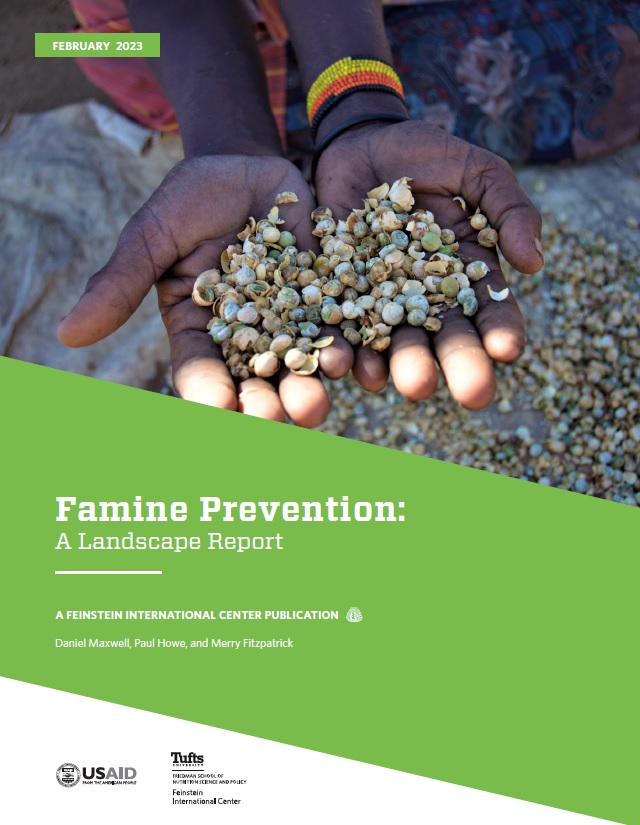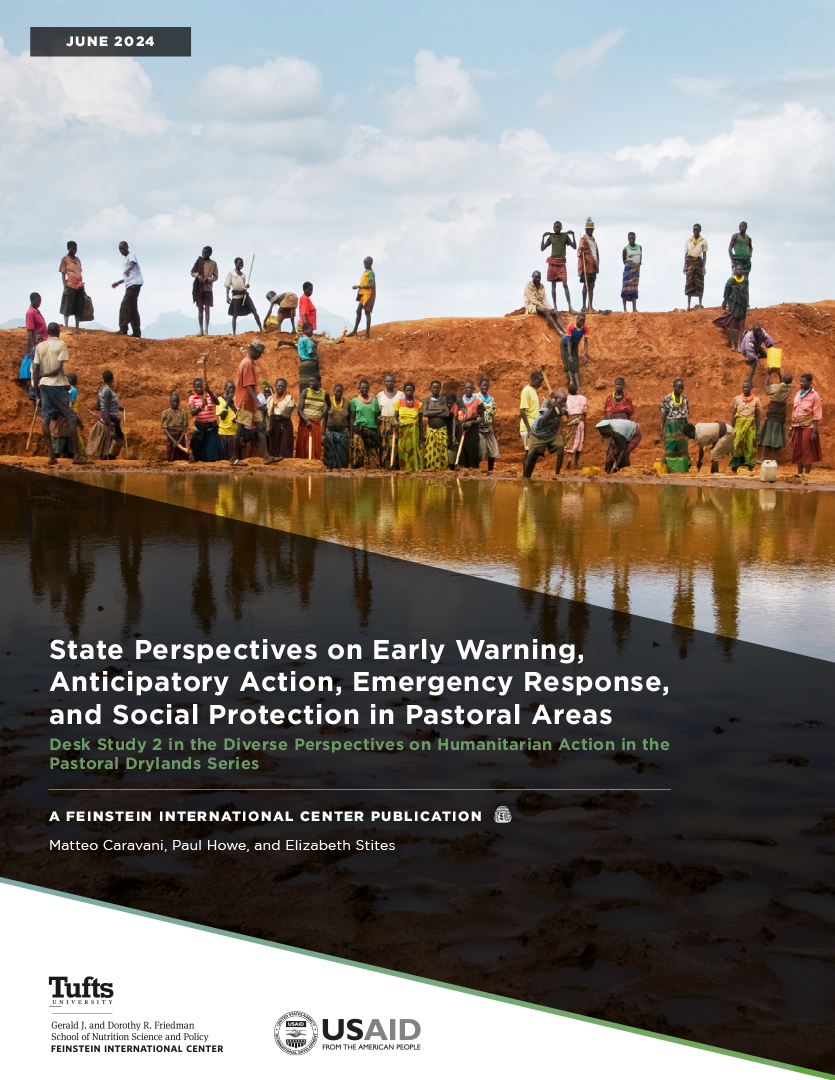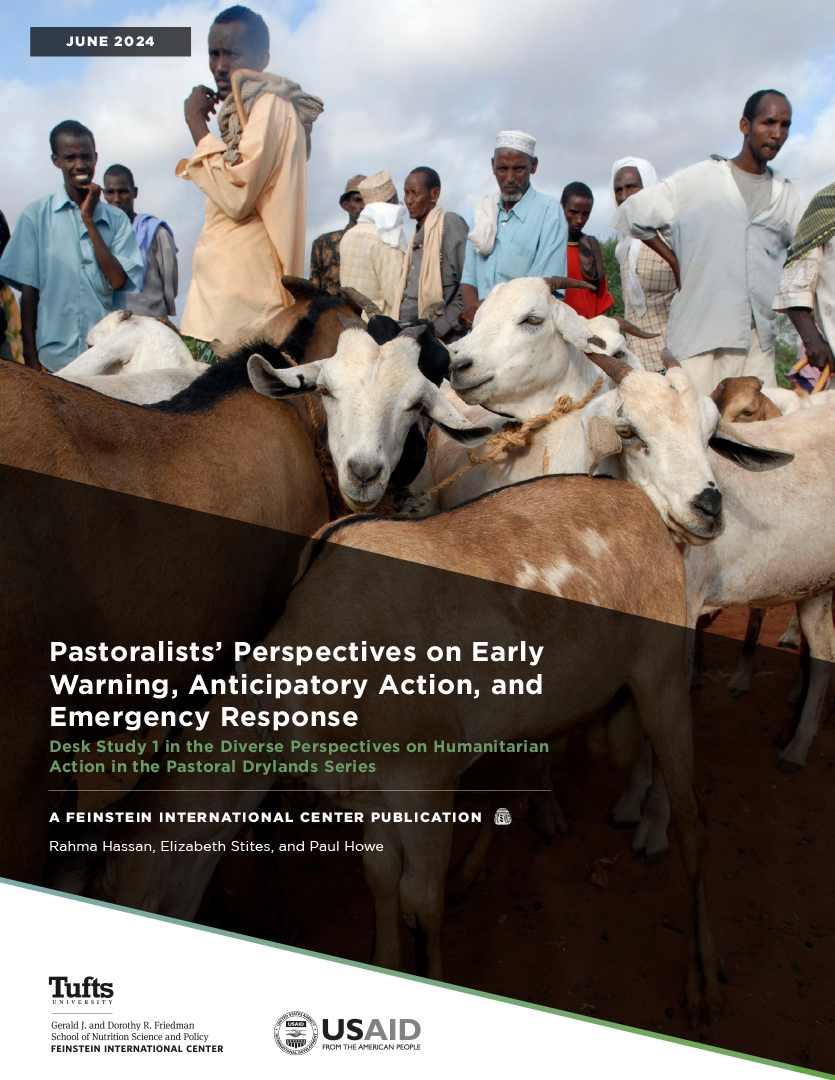In 2022, the number of people caught in extreme acute food insecurity climbed to over 200 million. By 2023, famine, mass starvation, and the use of starvation as a weapon of war have once again become major risks requiring renewed policy and program responses. In response, several global initiatives have arisen ranging from the Group of Seven’s famine prevention and humanitarian crises compact; UN Security Council discussions of the rising global food insecurity in relation to the war in Ukraine; the UN Secretary-General’s High-Level Task Force on Preventing Famine; and an increased focus on accountability measures, including United Nations Security Council Resolution 2417 in 2017.
This study reviews what we have learned regarding policies and interventions to prevent famine, and how these can be scaled up more rapidly. The research objective can be considered in two parts. The first is about our changed technical understanding of famine dynamics and causal pathways, and the corresponding anticipatory actions that can be undertaken to prevent or mitigate the slide into famine. The second part of the objective is about the politics of famine and the clear link between violent conflict and famine. It explores the extent to which accountability mechanisms and diplomatic approaches are effective and how they might be incorporated into a famine prevention strategy.
The study identifies three broad shifts that could be undertaken to improve these efforts. First, famines should be viewed as complex systems to better understand their evolution and identify ways to prevent their occurrence. Second, political approaches should be considered in tandem with and as equally important as technical approaches in addressing famine. Third, emphasis should be expanded beyond short-term responses to embrace more anticipatory and preventive efforts. The study makes more specific recommendations in the areas of early warning and information systems, early or anticipatory action, multi-sectoral approaches to prevention, accountability mechanisms, and humanitarian diplomacy.
This report was made possible through support provided by the Bureau for Humanitarian Assistance of the United States Agency for International Development (USAID), under the terms of Cooperative Agreement No. 720FDA20CA00065.







